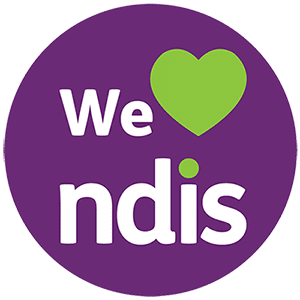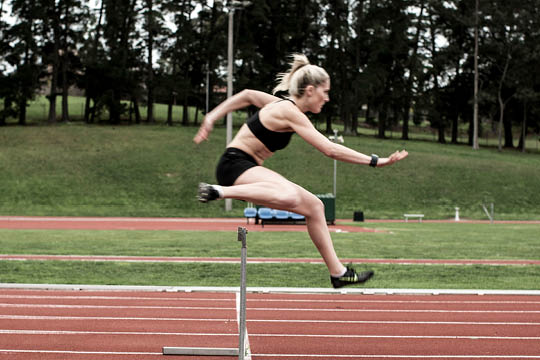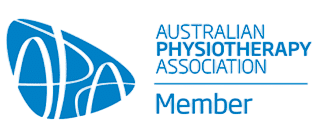What is Achilles tendinopathy?
The Achilles tendon is the biggest and strongest tendon in your body. It has the capacity to resist large forces, for example when you are running or jumping. It runs from your calf area down towards the back of your heel. But if overuse occurs, it can lead to a condition called Achilles tendinopathy.
It is a common overuse injury caused by repetitive energy storage and releases with excessive compression. If left untreated, this may lead to a rupture of the tendon itself. A lack of flexibility or a stiff Achilles tendon can increase the risk of these injuries.
There are 2 type of Achilles tendinopathy:
- Insertional (meaning on the bone area where the tendon attaches)
- non-insertional (where the pain is in the body of the tendon itself)
It has been suggested that tendinopathies differ from stage to stage and due to this, medical professional have developed a model called the Tendon continuum to manage this tendon pain. The continuum model proposed a model for staging tendinopathy based on the changes and distribution of disorganization within the tendon. The 3 stages are as follows:
- Reactive tendinopathy
- Tendon dysrepair
- Degenerative tendinopathy
Tendinopathy conditions can move up and down this continuum and this can be achieved through adding or removing load to the tendon especially in the early stages of tendinopathy. Therefore, it is always recommended to tackle this condition early on to improve chances of recovery and prevent it from getting worse.
Causes/Etiology
- Poor foot posture
- weak calf muscles
- Standing or running for too long
- Overuse or sudden excessive increase in activity
Symptoms of plantar fasciitis
- Morning pain
- Pain when touching the tendon itself
- Thickening of the tendon
- pain after exercise or activity
Management (How we can help?)
Rest or activity modification - Depending on your activity level or work schedule, our physiotherapist will listen to what you’ve been doing and discuss an appropriate activity level or rest breaks.
Massage - During the painful stages, massage would usually help relieve some of the pain that is present at the tendon. Massaging on the calf muscles may also help with symptom relief.
Exercise - Depending on the condition, stretching or strengthening of certain structures may be required. Our physiotherapist will help determine which exercises are appropriate for you and will usually follow the phases as below to strengthen the calf and Achilles tendon.
- Phase 1: Isometric Loading- Achilles tendon holds
- Phase 2: Isotonic Loading- Calf raises
- Phase 3: Energy Storage Loading- Plyometric Exercises
Mobilisation of stiff ankle joints - As stiff ankles may contribute to poor biomechanics, our physiotherapist will assess and loosen up the ankle joints if they are stiff to restore proper foot mechanics.
Orthotics/night splints - Footwear or insole prescription will be able to help with addressing poor foot postures if it is present. While night splints may be beneficial during the early stages but not during the later stages.
Taping - Our physiotherapist may use rigid taping to decrease strain on the Achilles tendon and/or alter foot posture in patients with Achilles tendinopathy.
Dry needling- Our physiotherapists who are qualified with dry needling may also use this technique on the calf muscles to relieve tension and pain.
Extracorporeal Shockwave Therapy - If your condition does not respond to the previously described treatments, shockwave therapy may be considered. In this treatment, high-energy sound waves will be transmitted to the tendon which will produce injury that promotes neovascularization and healing. The main risk is permanent damage to the tissue if too much pressure is applied.
My Physio My Health
Trust our team of physiotherapists to help you recover faster and improve your quality of life.

 WISHING EVERYONE A HAPPY NEW YEAR! WE'VE RETURNED TO OUR REGULAR OPENING HOURS
WISHING EVERYONE A HAPPY NEW YEAR! WE'VE RETURNED TO OUR REGULAR OPENING HOURS




